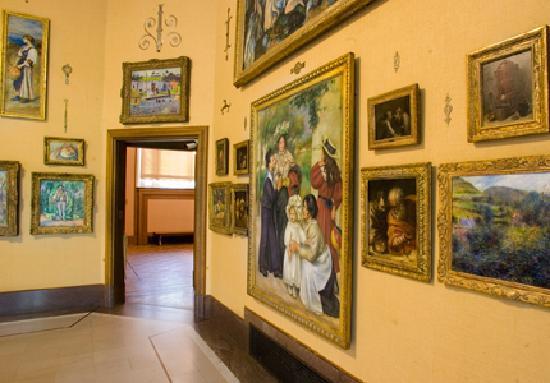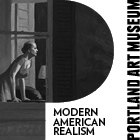
|
||
|
Portland art blog + news + exhibition reviews + galleries + contemporary northwest art
|
||
Barnes Storming  Interior of the original Barnes Foundation I've discussed the Barnes Collection numerous times over the years, and now it is open to the public in a new building in downtown Philly. I haven't seen it yet but on principle I believe it is important to weigh in. Christopher Hawthorne of the LA Times doesn't dig the building. Frankly it was an impossible commission, part of the charm is the destination, the old building smells, creaky floors and less than perfect light. But even more fascinating is this very well written piece by Jerry Saltz that I nearly completely disagree with. Though I generally applaud Jerry's sentiment that no collector should dictate the terms for best viewing the art (especially after they die) in this case I can't agree. Very few collectors deserve equal billing with artists but in this case I believe the incredibly idiosyncratic Barnes did. What is lost by creating a pseudo structure that makes the works more accessible is to lose part of the story of modern art and thus the roots of how we decoupled the power of the image (art, advertising etc.) from the institution and the state. By making it more accessible/institutional and convenient one loses the esoteric sense of pilgrimage and it becomes a sort of Pirates of the Caribbean ride for early 20th century, mostly French art. In short my argument is thus, Art IS the refuge of brilliant crackpots (who therefore are not crackpots at all) and we should celebrate/indulge them when they reach Dr. Barnes' level because it tells a rich historical story that something like MoMA or the Whitney could not ever tell. The fact that this couldn't be done is sad and probably a very East Coast problem (if the Barnes had been in Oregon or California we would have kept it in its original buildings). West of the Mississippi we like our idiosyncratic art people... Michael Heizer, Donald Judd, Robert Irwin, J.P. Getty, Sam Hill (Maryhill Museum), Armand Hammer, The Oliver Ranch, The Kramlichs, Winchester House, Peter Norton, Henry E. Huntington even Eli Broad for their ability to defy institutional conventions and say, "I'm going to do this my way." Sure, people grumble but that's the point of doing things your way. That inherent insolence is very American and its example goes far far beyond art... though art is perhaps the greatest teacher when it comes to individuality and more importantly original thinking. Sure, great art like this justifies itself but I seriously doubt that better lighting and less creaky floors have enhanced or changed the standing of those pieces. We have gained access and lost the finer points of the plot by allowing this to happen to the Barnes in the name of tourism. Art history isn't just the art, it is the way esoteric eyes and minds seize on the ideas that these artists articulate so individually. Dr. Barnes was the shining example of the art story that isnt just the artsists. 500 years from now this move will continue to be seen as a tourism driven blunder masquerading in the false guise of populism (which really doesn't serve art anyways). Posted by Jeff Jahn on May 14, 2012 at 12:24 | Comments (0) Comments Post a comment Thanks for signing in, . Now you can comment. (sign out)
(If you haven't left a comment here before, you may need to be approved by
the site owner before your comment will appear. Until then, it won't appear
on the entry. Thanks for waiting.)
|
| s p o n s o r s |
 |
 |
 |
 |
 |
 |
 |
 |
 |
 |
 |
 |
 |
 |
 |
 |

|
Site Design: Jennifer Armbrust | • | Site Development: Philippe Blanc & Katherine Bovee | |

